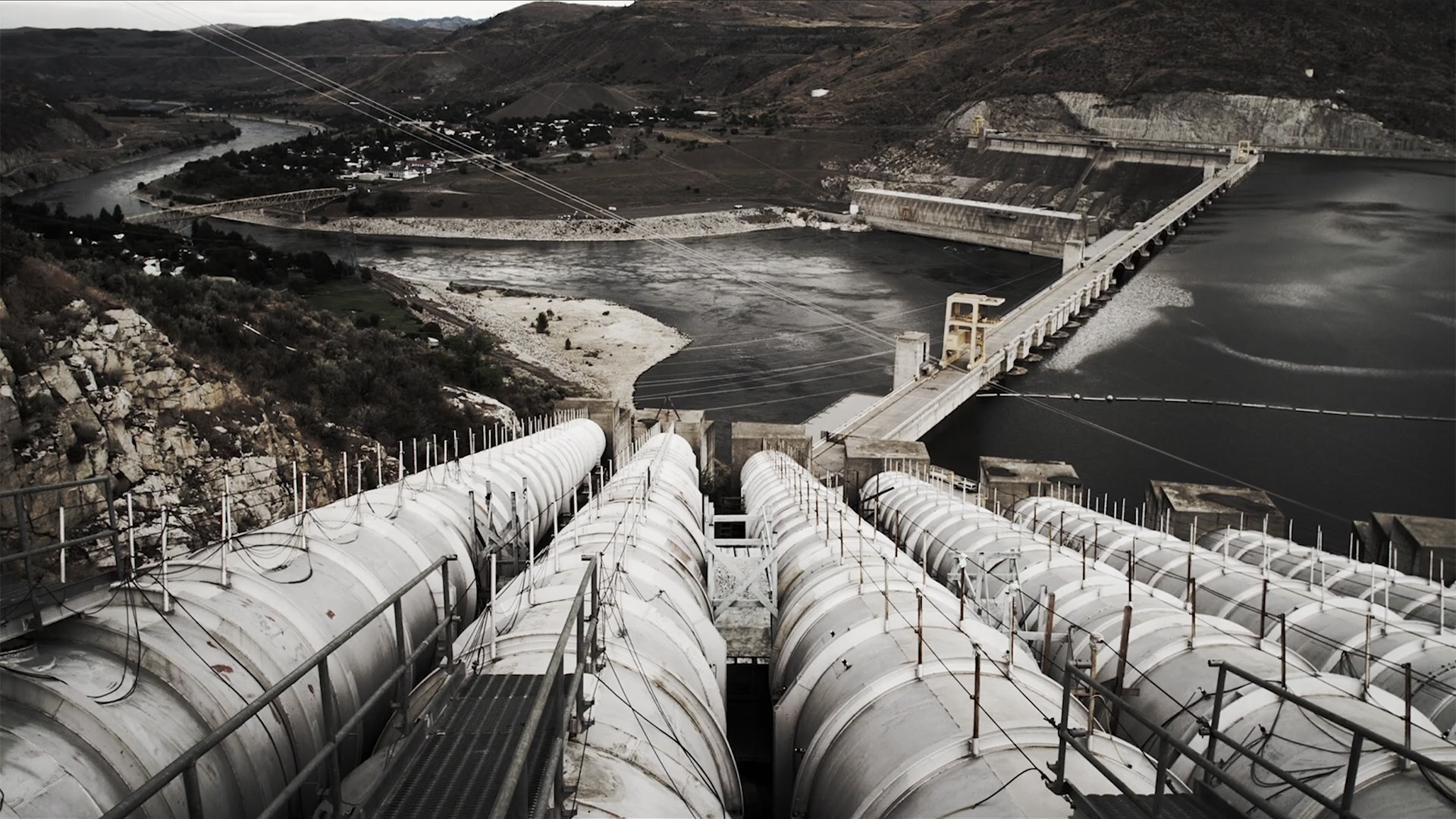Marking World Water Day, Coalition Presses Washington to Reveal America’s “Dirty Dam Secret”
Washington, D.C., March 22, 2022 – A diverse coalition of 136 groups has petitioned the U.S. Environmental Protection Agency (EPA) to promptly begin a rulemaking to add America’s dams and reservoirs as a source category under the Greenhouse Gas (GHG) Reporting Program. The full list of petition signers can be found here.
The GHG Reporting Program requires reporting of greenhouse gas (GHG) data from large GHG emission sources, fuel and industrial gas suppliers, and carbon dioxide injection sites in the United States. Today, 8,000 facilities are required to report their emissions annually, but hydropower is not included. The reported data are made available to the public each year, but dams and reservoirs spewing climate-destroying methane, carbon dioxide, and nitrous oxide have been shielded from disclosure.
“This World Water Day, we’re in a race against time against climate change, and it needs to be all hands on deck. Dams and reservoirs that send potent methane into our atmosphere have been given a free pass even from disclosure,” said Gary Wockner, PhD, Executive Director of Save The Colorado, who helped galvanize the 24 months long development of the petition informed by strong science and expert analysis. “We are tolerating a myth that hydroelectric power is clean energy. It isn’t. If you start to count the methane emissions generated from damming rivers and filling reservoirs, we can build some accountability.”
Petition signers include a diverse coalition, spanning businesses like Patagonia, to environmentalists and non-profits including the Sierra Club, and proponents of America’s outdoor economy. The petition was filed by Earthjustice yesterday.
“This petition matters in the fight against climate change because you can’t solve the biggest problem facing humanity without good information. The EPA counts greenhouse gas emissions from more than 8,000 sites. It doesn’t make sense to exclude dams and reservoirs that are emitting methane, a greenhouse gas twenty-five times as potent as carbon dioxide,” said Ryan Gellert, CEO of Patagonia. “Patagonia has worked for decades to protect nature and there is no question that climate change threatens everything we care about as a company. The United States is investing record amounts of money in infrastructure and energy. We need all the information we can gather about the climate impacts so communities and the government can make sound decisions to protect our planet and support communities.”
“By reporting emissions from dams and reservoirs, we can develop smarter climate policies at the federal, state, and local levels,” said Michael Hiatt, senior attorney with Earthjustice’s Rocky Mountain office. “The Biden administration has prioritized addressing methane pollution and building a clean energy future. It is imperative that we better understand methane emissions from dams and reservoirs, and that we do not pursue energy sources that are not actually clean.”
“Sunlight is the best disinfectant,” said Mark Easter, an ecologist whose expert research informed development of the petition. “If reported, emissions from dams and reservoirs, on a per-area basis, could well be among the highest for any non-urban land use in our county. Acknowledging the problem is step one towards solving it.”
The best available science indicates that dams and reservoirs can emit significant GHGs, including methane, at facilities across the United States. The United States has been leading the world to cut methane emissions, addressing a short-lived but potent greenhouse gas that’s multiple times more destructive than carbon dioxide. Adding dams and reservoirs to the EPA’s Greenhouse Gas Reporting Program is a critical step to address the climate emergency and the Biden administration’s focus on methane emissions.
Completely separate from the petition, over the coming months, a new initiative at https://tellthedamtruth.com/ will convene educational events and open letters with and from a range of policymakers, experts, and stakeholders to create new public focus and galvanize federal and local governments to act on issues related to the unintended consequences of dams, to better inform sustainable energy choices.
